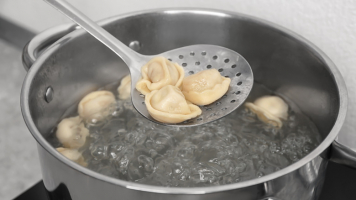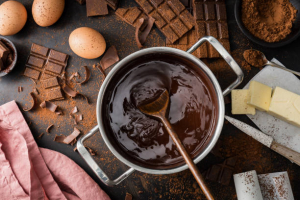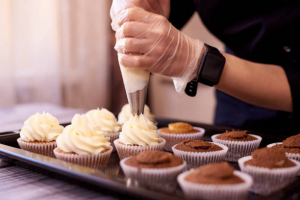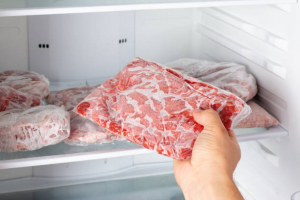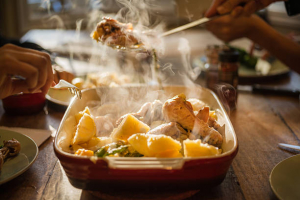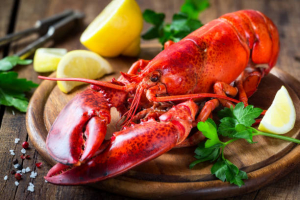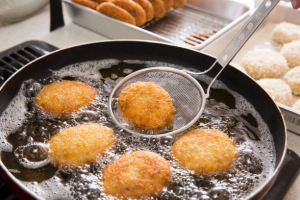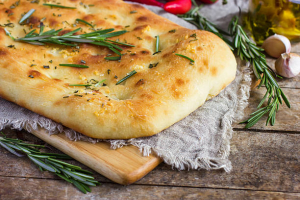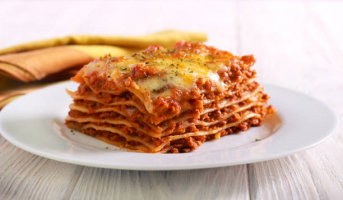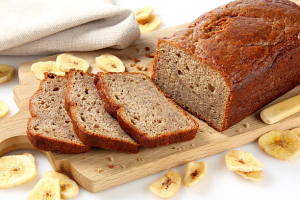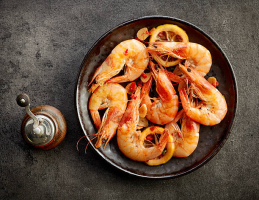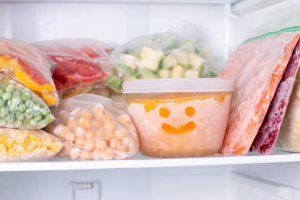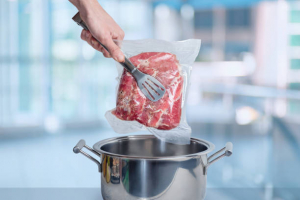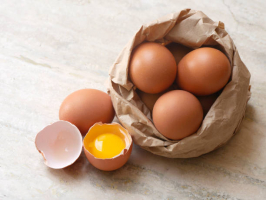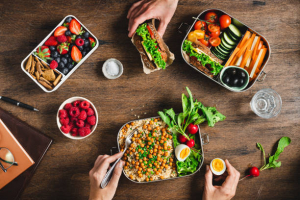Top 14 Biggest Mistakes Everyone Makes When Cooking Spaghetti Squash
Consuming more spaghetti squash is a great method to increase the number of healthful foods in your diet. Due to its distinctive texture, this brilliant ... read more...yellow, oval winter squash has rapidly become one of our favorites. When prodded with a fork, cooked spaghetti squash shreds will morph into hundreds of spaghetti-like "noodles", making them the ideal low-carb substitute for pasta. In addition to being low in calories and high in fiber, this winter squash is packed with vitamins and nutrients, including beta-carotene and vitamin B6. And there are the biggest mistakes everyone makes when cooking spaghetti squash. Read on for more information.
-
Every time you prepare veggies, you should use a sharp knife; this is crucial for slicing into spaghetti squash. Squashes are often divided into two kinds, according to the University of Florida's Institute of Food and Agricultural Sciences Gardening Solutions: summer squash, which has delicate skins, and hard-rinded winter squash, which can sustain long-term storage. The latter type includes spaghetti squash, which has a rind that is difficult to cut through because of its thickness.
If your knife isn't sharp enough, it won't cut through easily and you'll have to use a lot of power to get through, which might be deadly if you slip. So start by using a sharp knife as a favor to yourself. If you are still unable to cut into the raw squash, try poking a few holes in the spaghetti squash with a paring knife to soften the flesh, advises FoodSmart Colorado. Utilizing a pair of potholders to shield your hands from the heat, move it back to the cutting board after microwaving it for three to five minutes to soften the outside.
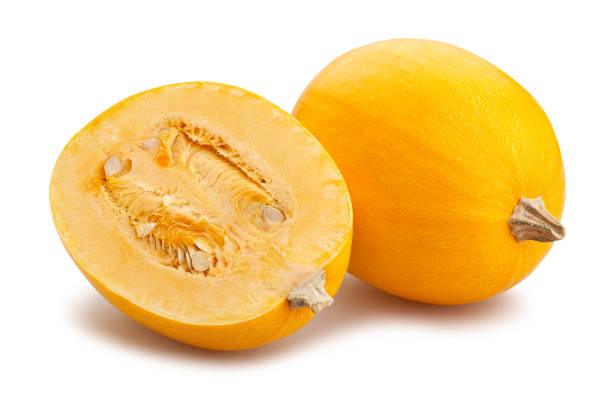
Cutting spaghetti squash without a sharp knife 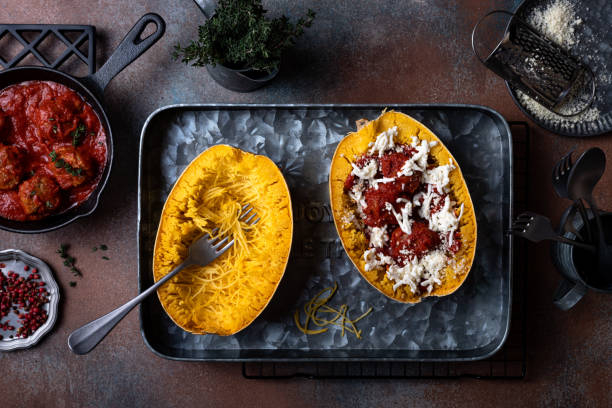
Cutting spaghetti squash without a sharp knife -
Although spaghetti squash is probably not the first item that springs to mind when discussing foodborne disease, it is possible to become unwell after consuming spaghetti squash. Although the danger of salmonella and E. coli from winter squash is often lower than that from animal products, the CDC nevertheless advises washing all fruits and vegetables under running water, even if you don't intend to eat the skin. You should rinse spaghetti squash from top to bottom before chopping it since this food safety procedure applies to it.
If your Healthline mentions that from the time they are harvested and the time they end up in your supermarket basket, fruits and vegetables are handled by several people. At least one of those hands was probably dirty, and it's possible that it contaminated the squash's skin. Winter squash can become contaminated by bacteria like listeria found in soil, as was the case with the 2021 butternut squash recall, according to Food Safety News. Without cleaning it beforehand, cutting into a spaghetti squash can introduce such pollutants into the flesh. Listeria can produce other potentially deadly side symptoms including fever or vomiting, and it is especially risky to pregnant women since it can result in miscarriage or early delivery.
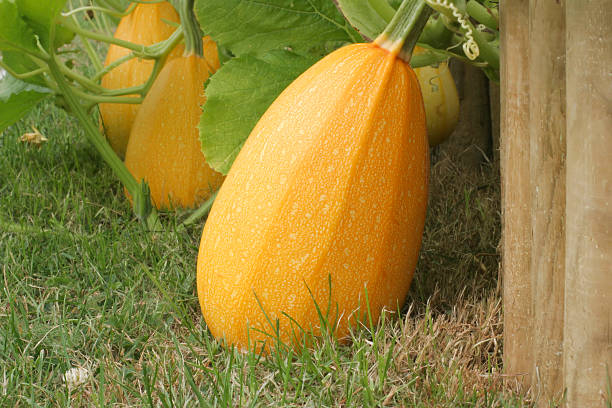
Not washing spaghetti squash before cutting it 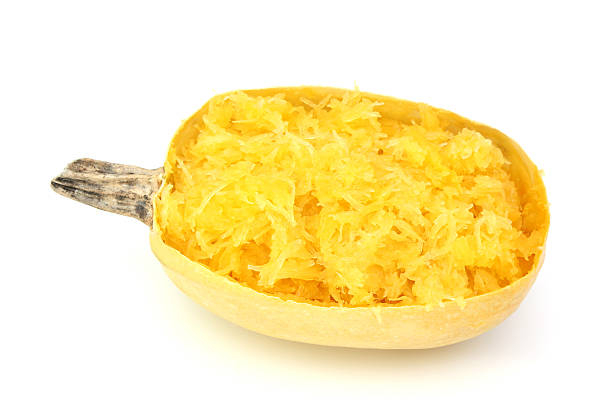
Not washing spaghetti squash before cutting it -
The texture of the "noodles" will vary slightly depending on the method of cooking the spaghetti squash. You might be tempted to roast the squash whole rather than chop it up because spaghetti squash is so challenging to cut. You should let it 35 to 45 minutes, then an additional 10 minutes for it to cool completely before cutting into it.
In contrast, cutting a squash into rings only takes 20 to 30 minutes, and there is no waiting period thereafter. Additionally, before you can serve, you'll need to deal with scraping out those seeds, which is much more challenging when the squash is soft than when it is quite firm. There is a more effective approach to roasting spaghetti squash when everything is combined. Most significantly, because the fluid is kept inside the whole squash while it cooks, this approach results in the mushiest noodles. There is a more effective approach to roasting spaghetti squash when everything is combined.
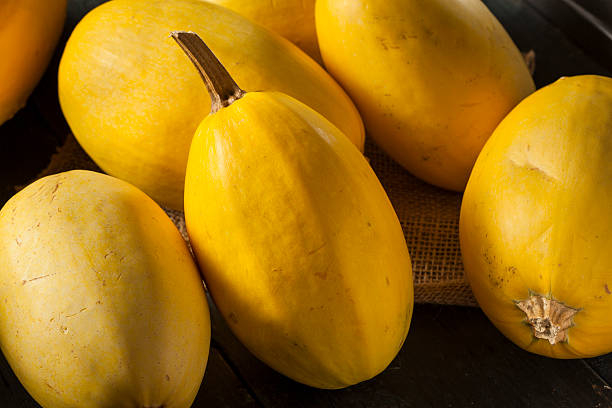
Roasting spaghetti squash whole 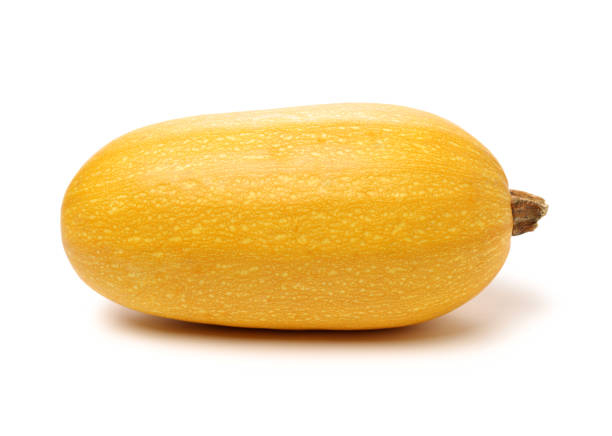
Roasting spaghetti squash whole -
The next step is to scoop out the seeds from the spaghetti squash after cutting it open. That step is undoubtedly not everyone's favorite because the seeds are stringy and sticky; instead, most people just sweep them into the garbage. You should keep those seeds even though it does require a little additional labor. According to One Green Planet, not only are all winter squash seeds edible, but they are also incredibly nutritious.
Scooping out the pulp and dumping it into a basin of warm water is all that is necessary to save the seeds. Agitate the squash pulp with clean hands to separate the seeds from the stringy pieces. Any meat that remains after the seeds have been roasted will still taste delicious, so there is no need to meticulously remove it all. Before patting them dry with a clean kitchen towel, transfer the seeds to a colander and give them a cold water rinse. There are several methods to use squash seeds after that. You may add them to homemade trail mix or seeded bread, roast them like pumpkin seeds for a snack or salad garnish, or make seed butter or soup with them. There are countless options.
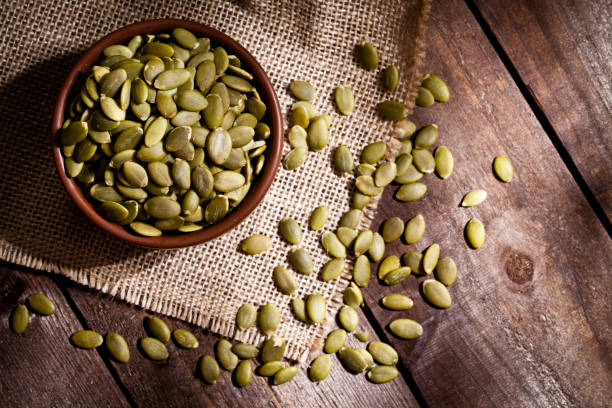
Throwing away the seeds 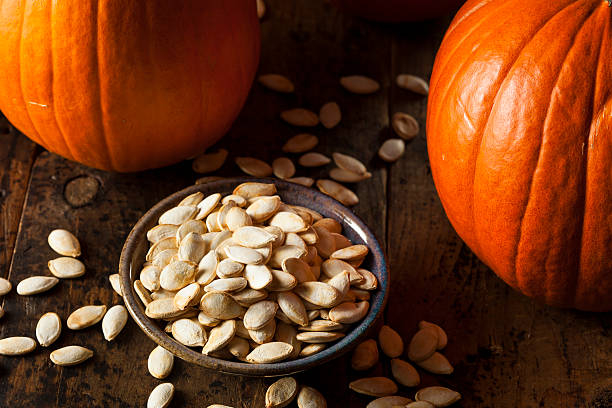
Throwing away the seeds -
Cutting the spaghetti squash in half lengthwise is one of the common ways to prepare it. It's better to stand the squash on its non-stem end and cut it down until you reach the cutting board since the stem is quite difficult to cut through. The result will be two boat-shaped halves that are prepared for roasting.
Place the squash halves cut side down on the baking sheet before putting them in the oven. Winter squash has a rather high water content, like other vegetables. According to Harvest to Table, depending on the type, winter squash contains 86 to 89% water. When food is cooked, some water drains out, but if the halves are roasted cut-side up, a lot of the moisture would stay within the boats. The outcome? spaghetti squash with mush. The squash stays delicate and moist without getting waterlogged when the halves are roasted cut-side down because the fluid is released and turns into steam when it touches the oven sheet.
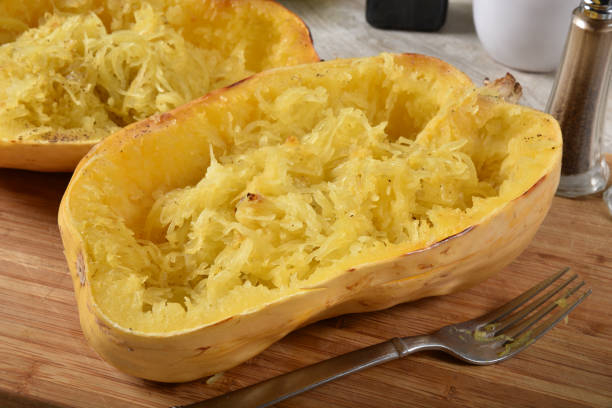
Cooking spaghetti squash cut-side up 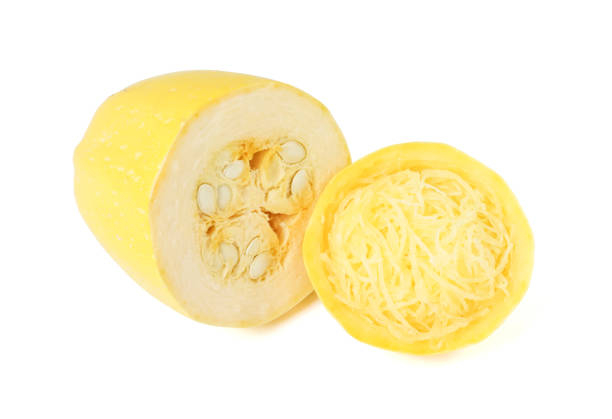
Cooking spaghetti squash cut-side up -
There are undoubtedly appropriate times and places to chop spaghetti squash in half. In essence, an edible serving dish is made when the squash is transformed into boats. However, there is a better method to chop spaghetti squash: into rings if you intend to serve it in a bowl or on a serving dish. To begin with, this method cooks food a little more quickly (20 to 30 minutes for rings as opposed to 30 to 40 minutes for the boat). Each ring may be caramelized to a deep brown perfection in the hot oven thanks to the rings' increased surface area. The completed meal has a light sweetness as a result.
Starting out, you should cut off and throw away the top half-inch of either end. Then, make two-inch circles out of the leftover squash. To make each round into a ring, remove the seeds from the middle. The meat may be fluffed up with a fork after cooking to remove the skin and create a little noodle nest.
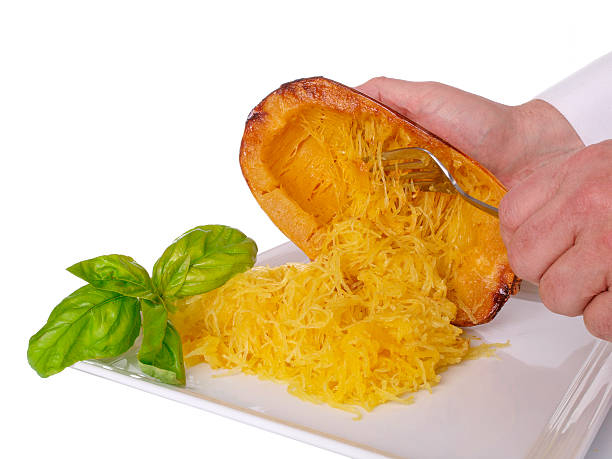
Not cutting the squash into rings 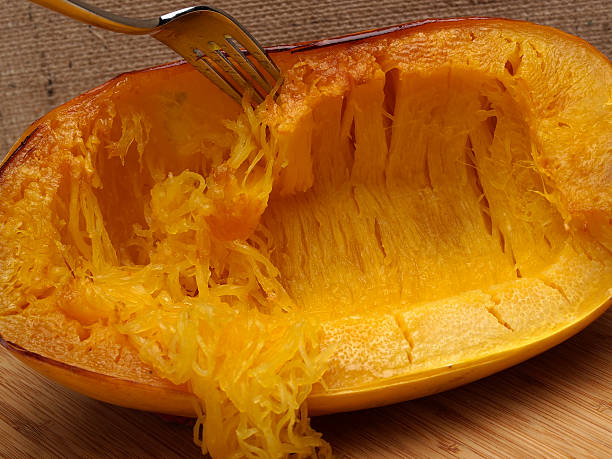
Not cutting the squash into rings -
Whatever method you use to chop the spaghetti squash, make sure to season it before baking it. Spaghetti squash doesn't have as strong of a taste as winter squash like butternut or acorn. Although it has a little sweet flavor, overall, it has a bland flavor. That makes it ideal for substituting for spaghetti and tossing it with a hearty tomato sauce, but if you give it a little flavor boost before cooking it, it will taste even better.
Once the spaghetti squash has been chopped, massage it with some melted butter or olive oil. Next, season it with kosher salt and freshly ground black pepper as a foundation. If you want to serve it with a nice sauce like pesto or alfredo sauce, you may stop there. Try flavoring the squash with granulated onion or garlic, minced herbs like rosemary or oregano, or hearty spices like cinnamon and nutmeg for a more herbaceous meal. To flavor the squash without adding any color, you may also place a few sprigs of fresh herbs below the chopped pieces.
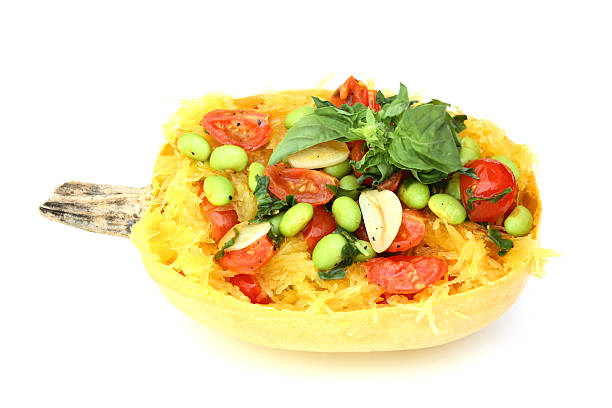
Forgetting to season spaghetti squash 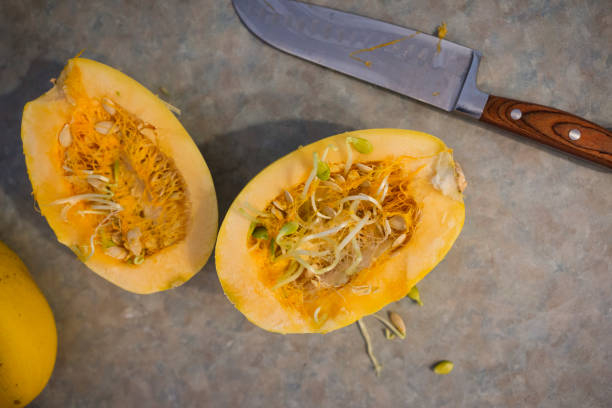
Forgetting to season spaghetti squash -
Many types of winter squash, including spaghetti squash, are acceptable to consume uncooked, according to The Whole Portion. Spaghetti squash is nutrient-rich and has a nutty taste when eaten uncooked. Spaghetti squash has a gritty texture that would be difficult to chew if presented in large chunks, so if you decide to eat it raw, be sure to chop it into very little pieces. However, eating it raw isn't always better for you, and cooking it improves the texture noticeably. Furthermore, cutting it into very little pieces while it's raw is considerably more challenging.
Serving spaghetti squash uncooked is one thing, but serving it undercooked is quite another. The meat won't release like noodles if it isn't cooked for a long enough time, making the food crunchy and unpleasant. Puncture the spaghetti squash with a fork to see whether it is cooked through. Test the meat to see if it is soft and not extremely crunchy if it peels off like spaghetti noodles. It can be cooked for a further five to ten minutes in increments until the appropriate consistency is reached.
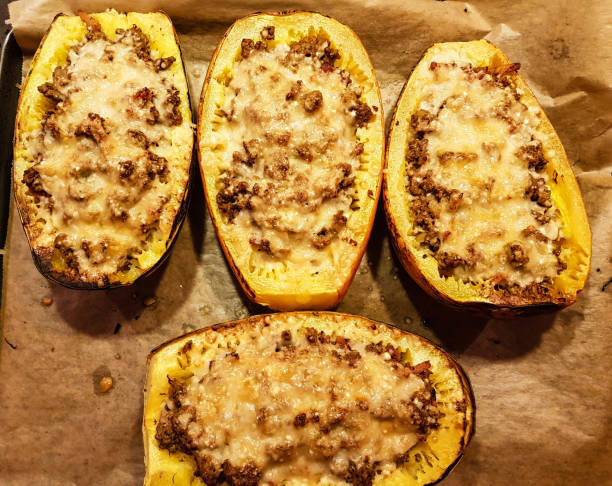
Not cooking spaghetti squash long enough 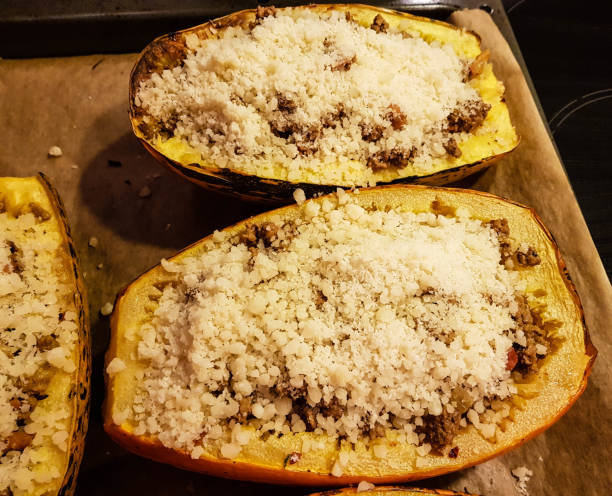
Not cooking spaghetti squash long enough -
Many recipes instruct you to cook spaghetti squash in the oven by soaking it in an inch of water. When roasting spaghetti squash, adding water is not essential, even when an Instant Pot recipe calls for a tiny quantity of liquid to work correctly. Due to the high water content of winter squash, the spaghetti squash will manufacture its own moisture while it cooks. When roasting squash in the oven, adding water will dilute its flavor, especially if you drop the sliced squash right into the water.
The additional water may also make the finished noodles mushy. Rather, omit the water step and roast the squash straight on a baking sheet covered with parchment paper or aluminum foil. There is a technique to reduce moisture if your squash accidentally becomes too mushy and you read this step after the squash has already been baked. Try this trick from Clean Plates: Using a fork, remove the squash strands, put them in a colander, then use a paper towel to gently press down on them.
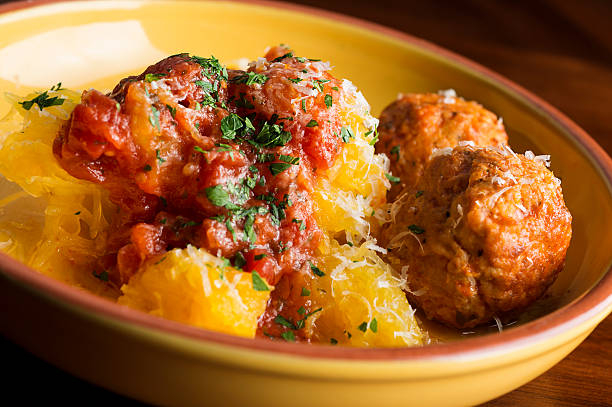
Cooking spaghetti squash in water 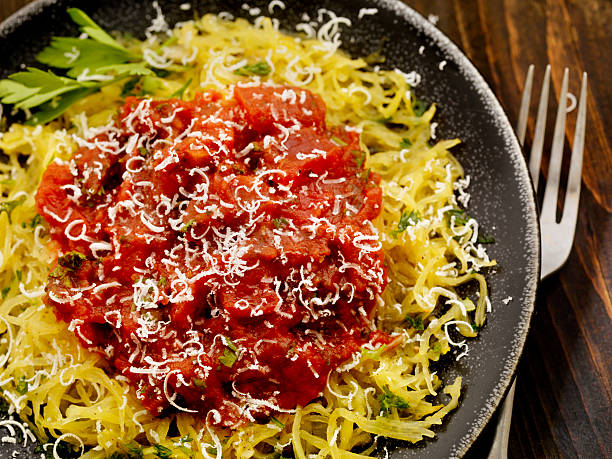
Cooking spaghetti squash in water -
Some foods thrive from low-and-slow cooking, while others taste best when roasted at high heat settings in the oven. It is much better to pick a high oven temperature while cooking spaghetti squash. The oven should be preheated to 400 degrees Fahrenheit for most recipes, although those for spaghetti squash rings call for 425 degrees. With a starting point of 338 degrees, caramelization is encouraged by this high heat level.
It all boils down to the Maillard reaction, a chemical reaction that takes place when heat is applied to carbohydrates and amino acids. The chopped spaghetti squash's top will crisp up and caramelize at high heat. With conventional spaghetti noodles, that finish might come out a little strange, but it gives winter squash a pleasing feel. The squash will still cook and soften if you roast it at a lower temperature, but it will do so to an unsatisfactory extent. Without the caramelized top, the result will be a bland, mushy texture that will undoubtedly let you down.
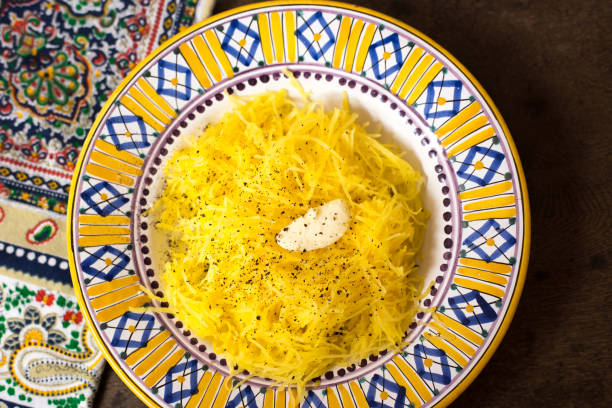
Roasting spaghetti squash at a low temperature 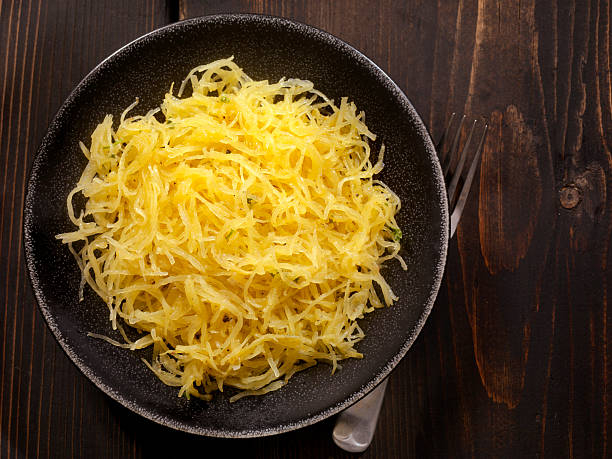
Roasting spaghetti squash at a low temperature -
Although spaghetti squash is very easy to prepare, it takes a while to cook. Even after being split in half or into rings, a whole spaghetti squash might take up to 40 minutes to cook in the oven. Therefore, considering that cooking spaghetti squash in the microwave only takes 15 minutes, it is undoubtedly enticing. Unfortunately, this quick procedure yields dull, mushy meat that is inferior to other cooking techniques in terms of flavor.
Try cooking spaghetti squash in the Instant Pot if you want a better time-saving strategy. To make sure the squash fits inside the pot, cut it in half across rather than lengthwise. You'll still need to scoop out the seeds before cooking, just like with the oven technique. After that, fill the Instant Pot with a cup of water, put the halves on the steaming rack, and secure the cover while setting the pressure cook timer for seven minutes. When the timer goes off, manually release the pressure and get ready to have some delicious cooked spaghetti squash.
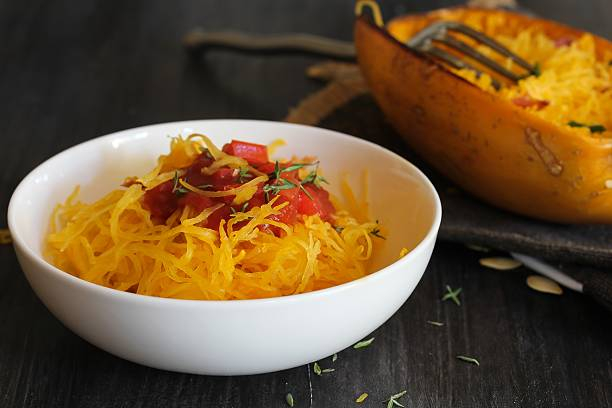
Using the microwave as a shortcut method 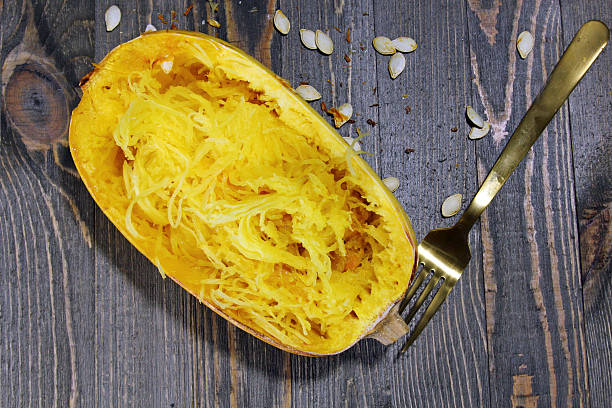
Using the microwave as a shortcut method -
Spaghetti squash, like the majority of winter squash, should keep for a time after you get it home from the market or the grocery store. Spaghetti squash should survive up to four to five weeks when kept in the right circumstances (50 to 55 degrees Fahrenheit with a relative humidity of 60 to 70%), according to Bonnie Plants, who claims that every variety is different. Does It Go Bad assumes you have less than a month to utilize spaghetti squash once you get it home from the supermarket because your home pantry is probably a little hotter than that?
Although it is a considerable amount of time, using spaghetti squash after it has begun to spoil is a mistake. You can remove a few minor unappetizing patches, but if the squash seems mushy, squishy, or hollow, trash it. Even if the imperfections aren't immediately dangerous to your health, the squash won't taste very nice and maybe show indications of mold. Large brown patches on spaghetti squash, which are an indication of black rot, should be thrown away, according to Purdue University.
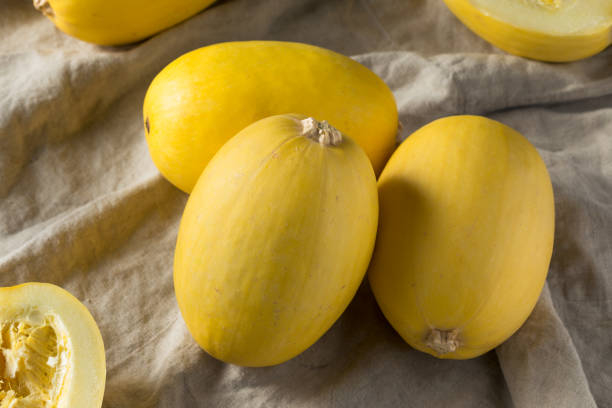
Using a spaghetti squash after it's gone bad 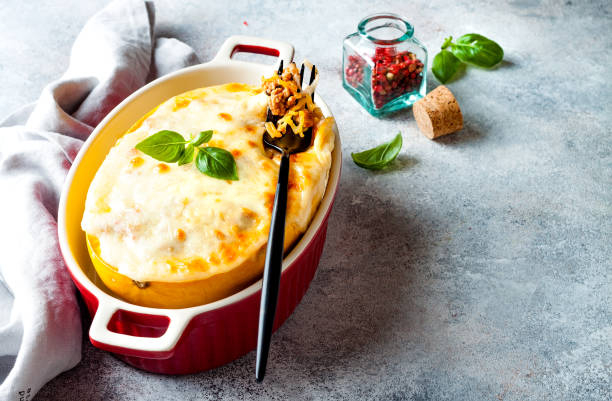
Using a spaghetti squash after it's gone bad -
If after boiling your spaghetti squash it tastes quite bitter, throw it out before continuing to eat. You and your visitors might suffer food sickness if you serve it! Winter squash, according to Simplemost, are members of the Cucurbitaceae flowering gourd family, along with summer squash, zucchini, melons, and cucumbers. Although it's quite uncommon, the fruits in this family contain cucurbitacin E, a poisonous substance. The substance is often present at negligible enough concentrations to not be dangerous to people, but some conditions, like cross-pollination, might result in an increase.
If the spaghetti squash is bitter, stop eating right away since just a few bites will make you feel quite unwell. Dizziness, stomach discomfort, nausea, vomiting, diarrhea, and toxic squash syndrome are all signs of the condition. Additionally, some weeks after being poisoned, it could result in hair loss.
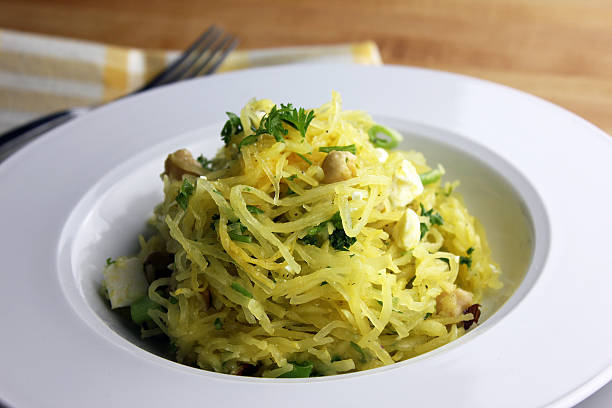
Eating spaghetti squash if it tastes extremely bitter 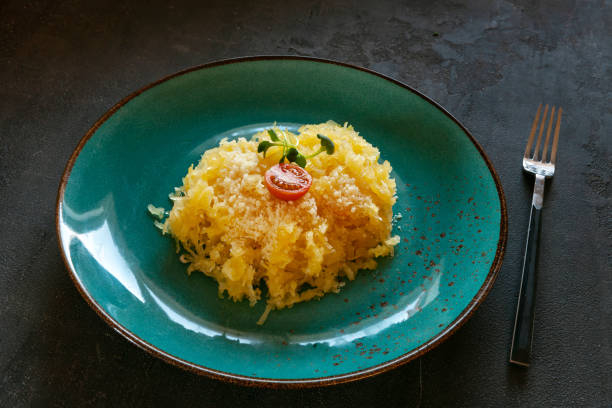
Eating spaghetti squash if it tastes extremely bitter -
The most popular method to serve spaghetti squash is as an alternative to pasta. By no means is this a terrible concept. When spaghetti squash is cooked, the flesh peels off to create noodles that mimic spaghetti pasta but are free of gluten and carbohydrates. Making spaghetti squash into lasagna, alfredo sauce, bolognese, and marinara with meatballs are all obvious pairings. However, it would be a mistake not to think beyond the box when using such a diverse component. If you become tired of Italian food, feel free to experiment with alternative ways to prepare spaghetti squash.
If you wrap spaghetti squash in a tortilla and use it to make a burrito instead of rice, you'll almost forget it's a vegetable. The cooked strands can also be used with an egg to produce latkes or with flour to make fritters. The noodles may also be used to make a gluten-free pizza or garlic bread crust by squeezing out the extra water.
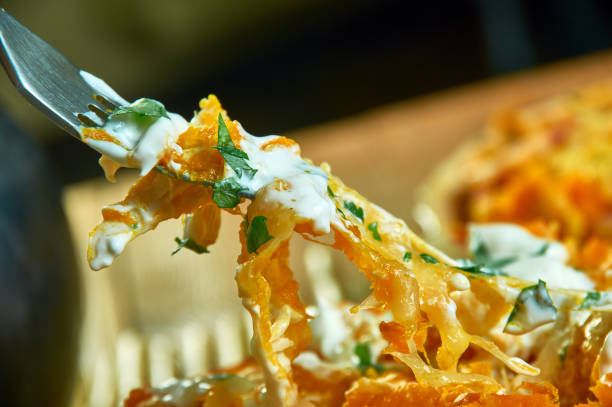
Only serving spaghetti squash as pasta 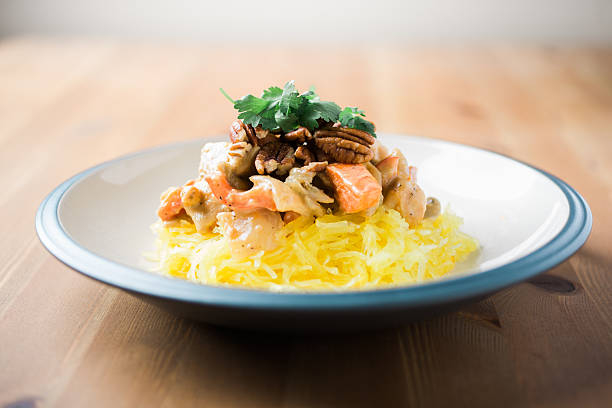
Only serving spaghetti squash as pasta
















